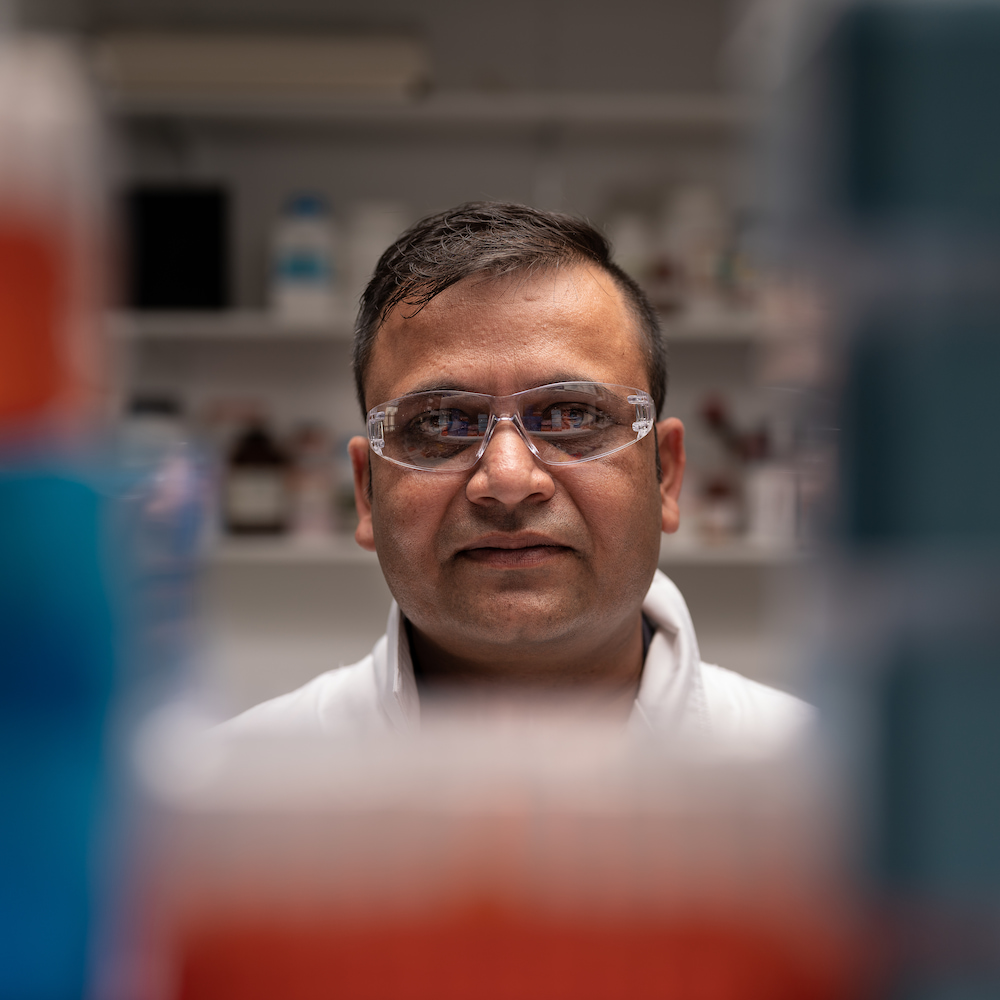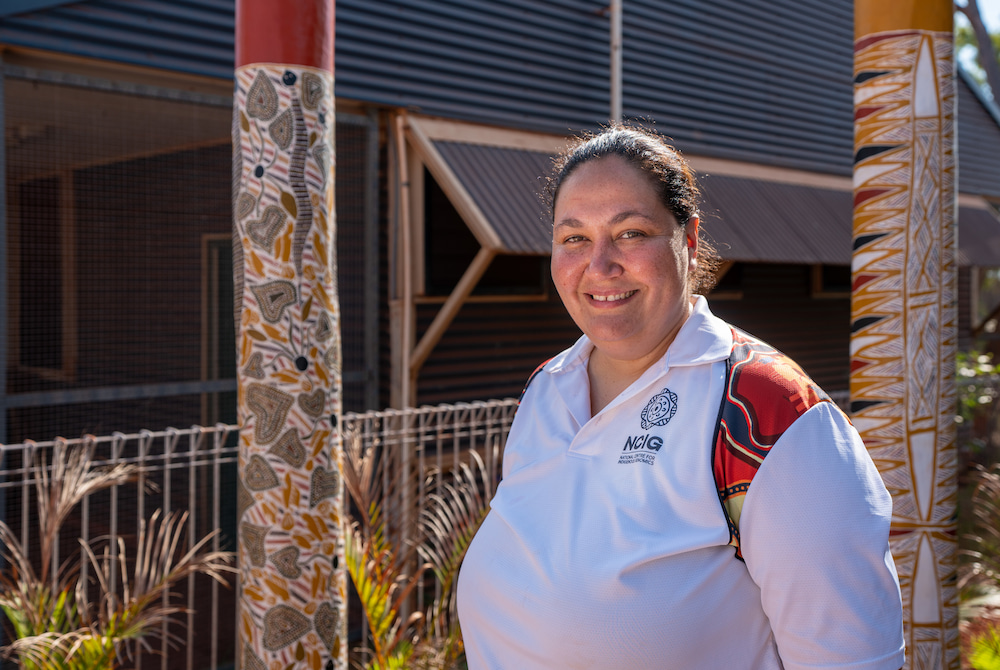Indigenous Australians have an “abundance” of DNA variations, some never reported anywhere else in the world, according to the most comprehensive analysis of their genomes ever. Scientists hope this could pave the way for new, tailored treatments that address health inequities for Aboriginal and Torres Strait Islander peoples.
Under the leadership of the National Centre for Indigenous Genomics (NCIG) at the Australian National University, scientists from the ANU, the University of Melbourne, and the Garvan Institute of Medical Research examined the DNA of 159 Indigenous Australians from four Aboriginal communities in the Central Desert, Far North Queensland, and three islands off the coast of the Northern Territory – the Tiwi Islands and Elcho Island.
They found that DNA differences between Indigenous Australians in the Tiwi Islands and those in the Central Desert are greater than between any population groups in any other continent except Africa.
Scientists hope the research will improve health outcomes for Indigenous Australians by enabling tailored treatments for a range of conditions including diabetes, coronary disease, and cancer – all of which disproportionately impact Indigenous peoples compared to the rest of the Australian population.
“Aboriginal people have long said you can’t treat us the same because we are so different,” ANU Associate Professor Azure Hermes, deputy director of NCIG, said. “Having scientific proof to show this is true is remarkable.
“Clinicians must realise treatment options for Indigenous Australians can’t be viewed through a one-model-fits-all lens. We are not a single genetic group and can’t be lumped into one category.”
The researchers detected millions of small genetic differences and detected more than 160,000 structural gene variants that affect segments of DNA, “more than any previous population-level, long-read study to date,” Dr Ira Deveson, head of the Garvan Institute of Medical Research’s Genomic Technology research lab, said.
They also discovered at least 300 structural variants in each person that appear to be unique to Indigenous Australians. These variants occur naturally in different individuals of a population, and make up most of the genetic differences between individuals. They may also be linked to diseases in some families.
“These DNA sequences show a level of genetic variation not observed anywhere else in the world outside of Africa, reflecting Aboriginal and Torres Strait Islander peoples’ deep cultural and linguistic diversity and long-standing connection to the Australian continent,” Dr Hardip Patel, bioinformatics lead at the NCIG, said.

“Some of the DNA variations we discovered appear to be exclusively found in Indigenous Australians, while others appear to be found in just one out of the four Indigenous communities that we consulted and worked with.
“Previously we’ve had to try to utilise the DNA of non-Indigenous populations to help diagnose and treat disease among Indigenous Australians, which has proven difficult and is often less reliable. But now we have a new, more representative genomic dataset to build off.”
A genome is equivalent to an instruction manual for the body. It is a blueprint that contains all the genetic information we need to grow, develop, function, and respond to the environments in which we live.
Genomics medicine harnesses a population’s genetic information to help individuals and communities prevent, diagnose, and treat a range of complex conditions, as well as rare genetic disease.
“The code embedded in our genome is unique to each individual – it’s what makes us different to other human beings,” Dr Patel said. “Variations within our genetic code can not only contribute to the way we look, but can sometimes impact our risk of developing certain diseases.
“We still don’t understand why Aboriginal people are more prone to certain health conditions such as kidney disease, diabetes, coronary disease, cancer, and other conditions. But genomics might be an important piece of the puzzle that helps unlock some of these answers.”
Professor Stephen Leslie, a statistician working in the field of mathematical genetics, from the University of Melbourne, said: “Genomics enables us to look back through time at aspects of human history. This history has a direct bearing on the genetic variation we see today.”
Dr Ashley Farlow, a genome biologist, also from the University of Melbourne, said: “These genomic patterns allowed us to make predictions about the most effective ways to build genomic resources for Australian Indigenous populations in the future.”
Associate Professor Hermes said the project gives Indigenous communities oversight of how science uses their genetic information.
“Our goal is to work with and empower Indigenous Australians to take ownership of their genetic information and show them the power of genomics and the health benefits it can deliver,” Associate Professor Hermes said.
“It’s taken us almost eight years to get to this point, and [this] has only been made possible because of guidance by Indigenous communities, careful consultation, building relationships with communities, and understanding their priorities and protocols.”
Professor Leslie said: “As scientists we were keen to ensure that Indigenous Australians took the lead on shaping how these questions were approached and how their data was used. Working with NCIG provided the framework to enable this, for which we are very grateful.”
The research is published in two separate papers in Nature. This work was a collaboration between ANU and a number of institutions from across the country.



